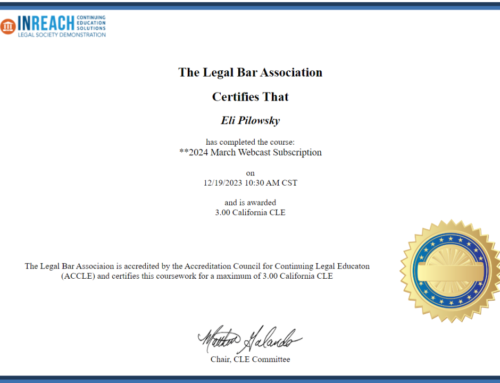Considering that SCORM has existed for a number of years, why is it only now becoming a hot topic in the world of continuing education (CE)? Again, if we look to the history of both SCORM and CE the answers become clearer.
The last blog explored how SCORM was developed out of the training needs of various Federal agencies. Originally the content for this training was text-based, which meant that as the online version of the training was developed, the aim was to translate a textbook into an online format. Translating a textbook into an online format is what led to SCORM’s flexibility and more modular approach to distributing on-line learning content. Just as a professor teaching a class might choose to skip around a textbook and cover chapters in a different order than the textbook’s author, a SCORM learner can move through their SCORM course at their own pace and cover sections in any order they please.
Continuing education, on the other hand, has its roots in the world of live events. Many CE providers originally started (and many continue to this day) by recording a live event and making it available online. The typical format is a well-known, highly knowledgeable individual speaking on a specific topic. With these subject-matter experts expounding on a particular topic, there has not been much need for a learner to “jump-around” within a particular course, which helps explain why the format has not changed significantly.
Now, the two worlds are converging. General education content producers, who are well-versed in SCORM, are looking for new horizons. And more and more, they are looking to the world of CE. Meanwhile, the more traditional CE providers are looking to increase learner interaction, something for which SCORM is ideally suited. Take all this into consideration, and the increased discussion and implementation of SCORM in the realm of CE becomes much clearer.






